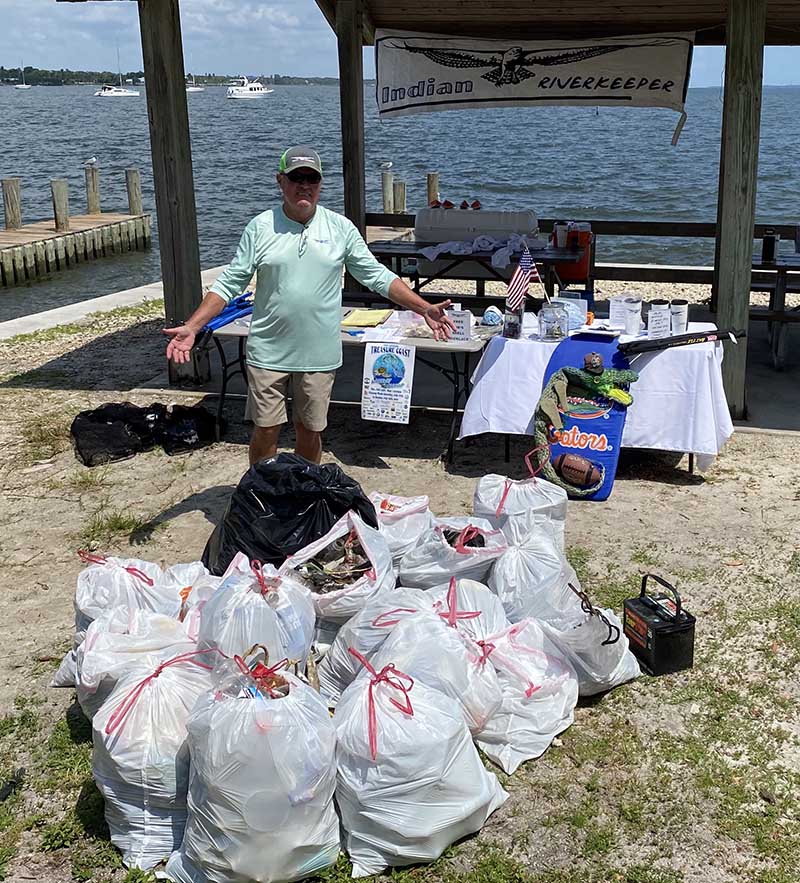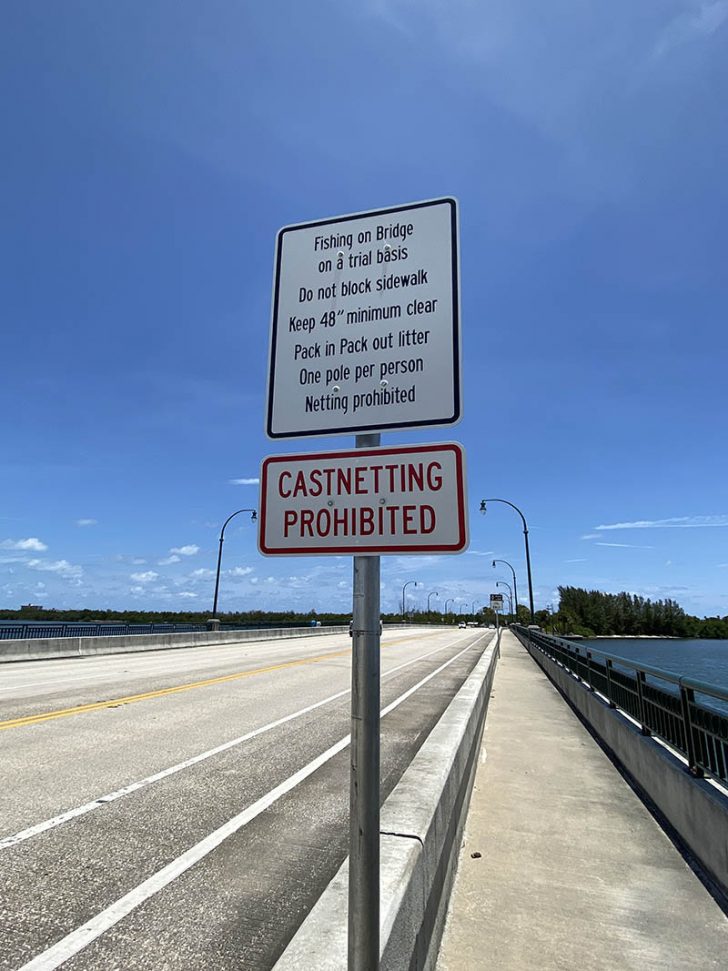
By: Mike Conner
On Aug. 9, the U.S. Army Corps brought into clearer focus what the final Lake Okeechobee Systems Operating Manual (LOSOM) plan will look like.
At this writing, stakeholders are wrangling over just how much benefit (and potential harm) they will experience when LOSOM is finalized and put into operation as the Lake Okeechobee dike repair project ends in 2022.
For Treasure Coast residents and anglers along the lower Indian River Lagoon, where decades of Lake O discharges have repeatedly impaired the St. Lucie River and the Lagoon from the crossroads at the St. Lucie Inlet north to roughly Ft. Pierce, Lagoon seagrasses have been decimated by sediment-laden freshwater from the Lake, and recovery will only happen when Lake discharges are a thing of the past. The St. Lucie estuary already struggles in wet times due to runoff from the local and tidal basins, not to mention runoff from interior agricultural lands by way of canals that dump into the north fork of the St. Lucie.
Plan CC was adopted by the Corps, a plan Indian Riverkeeper supports, but now the final tweaking will determine just how much real benefit the St. Lucie estuary will see. Our long-time position here is zero Lake discharges. It appears this will not be the end result in LOSOM but an approximate 60 to 80 percent reduction is likely. And it is our hope, and that of coastal residents along the Caloosahatchee River, that all Lake O water diverted from the coasts go south to Florida Bay, where fresh water is needed. And we are confident that as addition infrastructure, such as the under-construction reservoir and cleaning marsh in the Everglades Agricultural Area, come online, even more water can be sent south as planned, sparing the coastal estuaries even further.
It comes as no surprise that the sugar industry operating in the Everglades Agricultural Area is coming out smelling like a rose. Sugar growers want one thing out of this plan that they have always enjoyed— the continuation of “no harm” and only guaranteed irrigation and flood protection when needed. Meanwhile, every drop of Lake O water discharged into the St. Lucie River is harmful.
A 2019 University of Florida Water Institute Report noted that the U.S. Department of Agriculture Natural Resources Conservation Service had failed to find any evidence of water shortages lowering crop yields in South Florida since the 1980s. At the same time, Florida’s east and west coasts have been inundated with toxic discharges from Lake Okeechobee numerous times.
So, the so-called “balance and equity” that the Corps seeks for all stakeholders does not apply to Big Sugar. That song remains the same.
Indian Riverkeeper will closely follow and apply pressure in the coming months to the Corps to arrive at the best operating plan for the Lake. Visit our Facebook page, Indian Riverkeeper, for updates.
Coastal Cleanup Success
Indian Riverkeeper was proud to sponsor and run a cleanup station at the Jensen Beach Causeway in July for the 14th annual Treasure Coast Waterways Cleanup. We had over 80 registered volunteers at our Jensen Causeway station alone out of an “army” of over 1,000 volunteers, and we ended up collecting 256 pounds of trash. One volunteer concentrated on picking up cigarette butts and came in with an astounding 25 pounds of them. Most were in the boat ramp, catwalk, and picnic areas.

Bridge Battle Won!
We covered our effort to get the Florida Department of Transportation’s no-fishing closure for the Jensen Beach Causeway reversed and can now claim victory!
After a 90-day trial period during which Indian Riverkeeper, the Snook Nook and local anglers worked to “change the culture” of fishing littering and obstruction foot traffic on the spans. Florida DOT and Martin County Commission agree we were successful, and causeway bridges will remain open. The signage—which prohibits cast netting from the catwalk, and states rod limits and more—will be permanent.
How You Can Help
Join as a member, or make a donation through our web site, ww.theindianriverkeeper.org. We will be offering membership incentives such as merchandise gifts, as well as the occasional “silent auction” or raffle on our Facebook page, Indian Riverkeeper. If you are a member and have not gotten a newsletter, please contact Mike Conner, Executive Director, at 772-521-1882 or email keeper@theindianriverkeeper.org.




